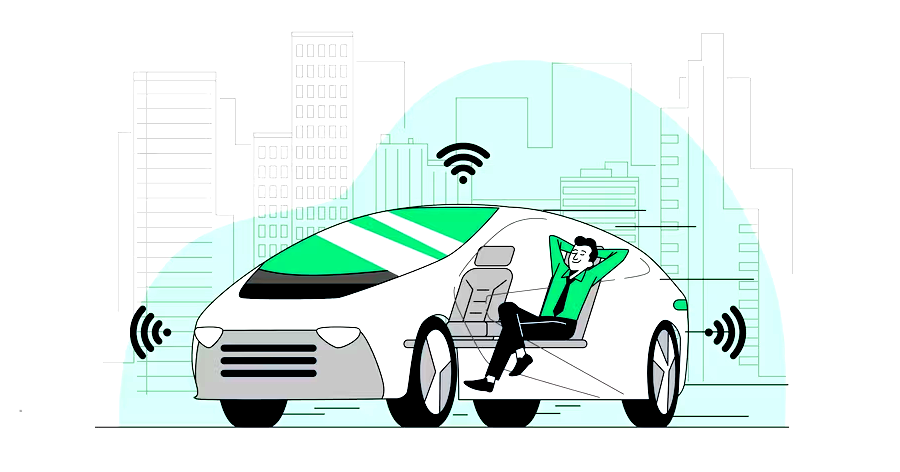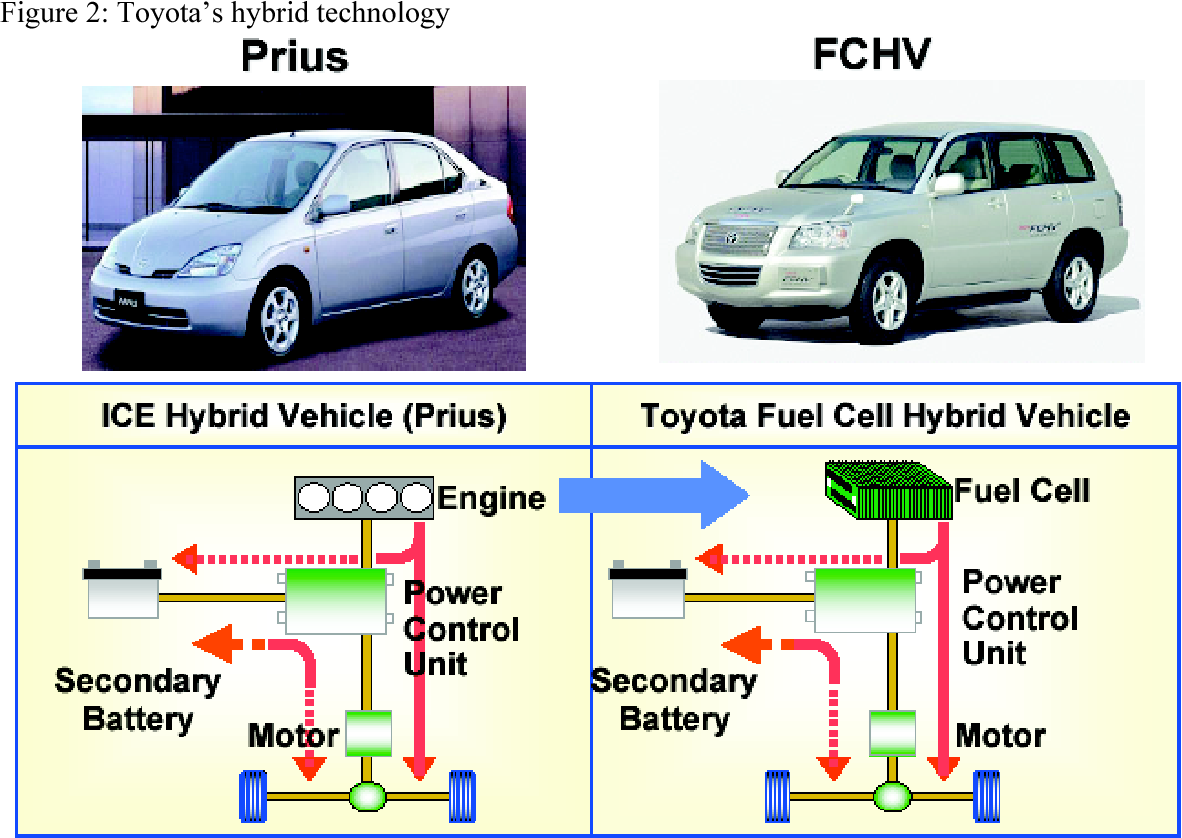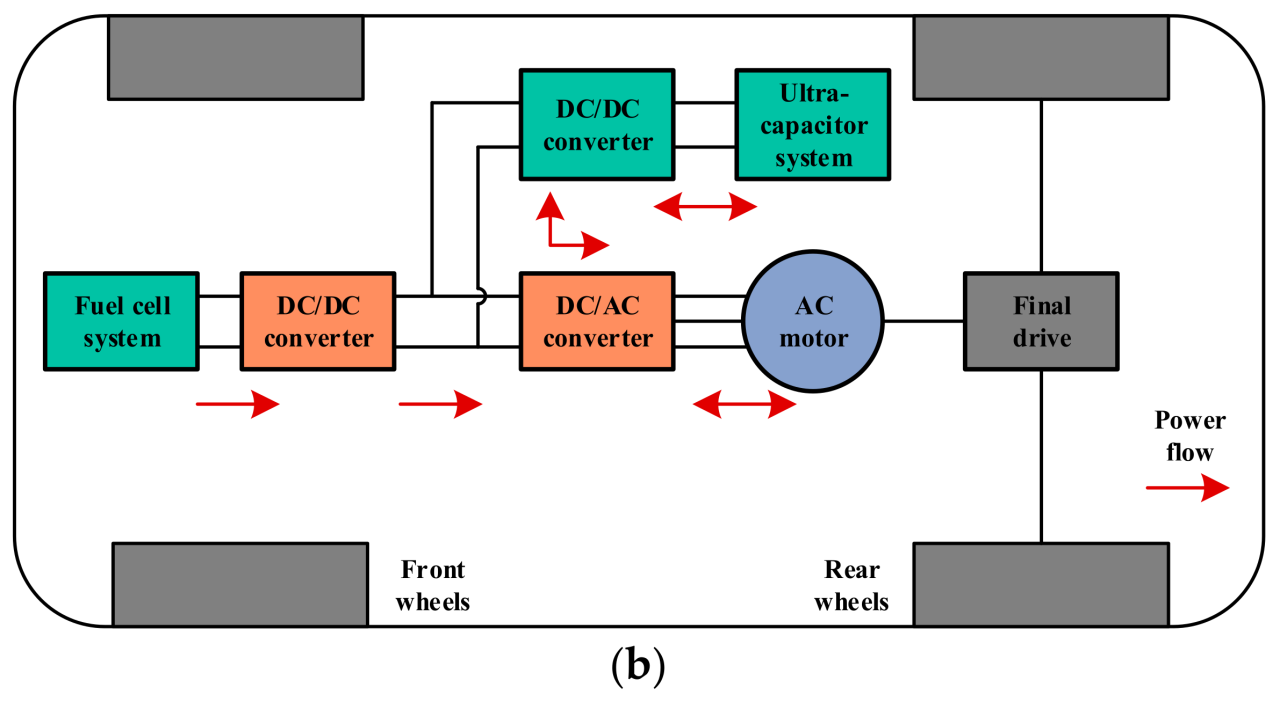Hybrid auto fuel-saving strategies explained: A Comprehensive Guide
Hybrid auto fuel-saving strategies explained sets the stage for this comprehensive guide, diving deep into the world of hybrid vehicles and their innovative techniques to save fuel. From engine efficiency optimization to aerodynamics and weight reduction, this topic explores the key aspects of maximizing fuel efficiency in hybrids.
As we unravel the mysteries behind hybrid fuel-saving strategies, readers will gain valuable insights into the environmental impact, driving techniques, and maintenance tips that contribute to a greener and more cost-effective driving experience.
Introduction to Hybrid Auto Fuel-Saving Strategies
Hybrid vehicles combine a gasoline engine with an electric motor, allowing them to achieve better fuel efficiency compared to traditional vehicles. These vehicles often switch between the two power sources to optimize fuel usage and reduce emissions.
It is crucial to adopt fuel-saving strategies for hybrid cars to maximize their efficiency and reduce overall fuel consumption. By implementing these strategies, drivers can not only save money on fuel costs but also contribute to a cleaner environment by reducing greenhouse gas emissions.
Environmental Impact of Fuel-Efficient Hybrid Vehicles
- Hybrid vehicles produce lower levels of harmful emissions such as carbon dioxide and nitrogen oxides compared to conventional vehicles.
- The use of electric power in hybrids decreases reliance on fossil fuels, reducing the overall carbon footprint of the vehicle.
- By promoting the adoption of fuel-efficient technologies like hybrids, we can work towards a more sustainable and eco-friendly transportation system.
Engine Efficiency Optimization
Hybrid vehicles are designed to optimize engine efficiency in order to save fuel and reduce emissions. One of the key ways they achieve this is through regenerative braking, a process that converts kinetic energy into electrical energy.Regenerative braking allows hybrid vehicles to capture energy that is typically lost during braking in traditional vehicles.
Instead of dissipating this energy as heat, hybrid vehicles use it to recharge the battery. This stored energy can then be used to assist the engine during acceleration, reducing the need for fuel.In comparison to traditional engine systems, hybrid engine systems are more efficient because they can switch between the internal combustion engine and the electric motor based on driving conditions.
This allows the vehicle to operate in the most fuel-efficient mode at any given time, maximizing overall efficiency and reducing fuel consumption.
Regenerative Braking
Regenerative braking is a crucial component of hybrid vehicles that helps to improve fuel economy. When the driver applies the brakes, the electric motor switches to generator mode, converting the kinetic energy of the vehicle into electrical energy. This energy is then stored in the battery for later use, reducing the reliance on the internal combustion engine and saving fuel.
Efficiency Comparison
In terms of efficiency, hybrid engine systems have a clear advantage over traditional engine systems. Traditional vehicles rely solely on the internal combustion engine for propulsion, which can be inefficient, especially in stop-and-go driving conditions. Hybrid vehicles, on the other hand, can leverage the electric motor for low-speed driving, reducing fuel consumption and emissions.
This ability to switch between power sources based on demand makes hybrid vehicles more efficient overall.
Aerodynamics and Weight Reduction

Aerodynamics and weight reduction are two key factors that can significantly impact the fuel efficiency of hybrid vehicles.
When it comes to aerodynamics, the design of a car plays a crucial role in reducing drag and improving overall fuel efficiency. By minimizing air resistance, hybrid cars can achieve better mileage and reduce the amount of energy needed to propel the vehicle forward.
Aerodynamic Design Elements in Hybrid Vehicles
- Streamlined body shapes: Hybrid vehicles are often designed with sleek and aerodynamic body shapes to reduce drag and improve airflow around the vehicle.
- Air curtains: Some hybrid cars are equipped with air curtains, which help manage airflow around the wheels to reduce turbulence and improve aerodynamics.
- Rear spoilers: Rear spoilers are commonly found on hybrid vehicles to reduce drag by improving airflow at the back of the car.
Impact of Weight Reduction
- Lightweight materials: Hybrid cars are incorporating lightweight materials such as carbon fiber and aluminum to reduce overall vehicle weight. This reduction in weight helps improve fuel efficiency by requiring less energy to move the vehicle.
- Regenerative braking: Hybrid vehicles utilize regenerative braking systems to capture energy lost during braking and store it for later use. This technology helps offset the weight of the vehicle by converting kinetic energy into usable electricity.
Hybrid System Modes and Driving Techniques
In hybrid vehicles, the different system modes play a crucial role in maximizing fuel efficiency. By understanding these modes and adopting specific driving techniques, drivers can significantly reduce fuel consumption and contribute to a greener environment.
Hybrid System Modes
- Electric Mode: In this mode, the vehicle operates solely on electric power, emitting zero emissions. It is ideal for city driving and low-speed conditions.
- Hybrid Mode: The vehicle utilizes both the electric motor and internal combustion engine to optimize fuel efficiency. It automatically switches between the two power sources based on driving conditions.
- Engine Mode: In this mode, the internal combustion engine powers the vehicle, typically used during highway driving or when more power is required.
Driving Techniques for Fuel Efficiency
- Maintain a steady speed: Avoid sudden acceleration and braking, as these actions waste energy and reduce fuel efficiency.
- Coast whenever possible: Anticipate stops and coast to decelerate gradually, allowing the regenerative braking system to capture energy and recharge the battery.
- Utilize eco-driving modes: Many hybrid vehicles come equipped with eco-driving modes that adjust throttle response and energy usage to enhance fuel economy.
Role of Technology in Optimizing Fuel Economy
- Regenerative braking: This technology captures energy during braking and converts it into electricity to recharge the battery, improving overall efficiency.
- Start-stop system: Automatically shuts off the engine when the vehicle is stationary, reducing fuel consumption and emissions in traffic or at red lights.
- Real-time feedback: Some hybrid vehicles provide real-time feedback on driving habits, encouraging drivers to adopt fuel-saving techniques for optimal efficiency.
Maintenance and Tire Pressure

Regular maintenance plays a crucial role in ensuring that hybrid vehicles operate at optimal fuel efficiency levels. This includes keeping the engine properly tuned, checking the battery system, and monitoring overall vehicle health.Proper tire pressure is essential for maximizing fuel savings in hybrid vehicles.
Underinflated tires can lead to increased rolling resistance, which in turn requires more energy to move the vehicle and results in higher fuel consumption. On the other hand, overinflated tires can cause uneven wear and reduce traction, affecting both fuel efficiency and safety.
Importance of Regular Maintenance
- Regularly check and replace air filters to maintain engine efficiency.
- Monitor the hybrid battery system for optimal performance.
- Keep the braking system in good condition to prevent energy loss during regenerative braking.
Impact of Tire Pressure on Fuel Consumption
- Check tire pressure regularly, at least once a month, to ensure they are inflated to the manufacturer’s recommended levels.
- Properly inflated tires can improve fuel efficiency by up to 3%.
- Consider investing in a digital tire pressure gauge for accurate readings.
Maintenance Checklist for Hybrid Car Owners
- Schedule regular tune-ups and inspections according to the manufacturer’s recommendations.
- Check tire pressure and tread depth monthly, and rotate tires as recommended.
- Keep an eye on fluid levels, including engine oil, coolant, and brake fluid.
- Monitor the hybrid system for any abnormal behavior or warning lights.
Summary

In conclusion, Hybrid auto fuel-saving strategies explained sheds light on the intricate balance between technology and sustainability in the automotive industry. By understanding and implementing these strategies, drivers can not only save fuel but also reduce their carbon footprint and contribute to a cleaner environment.
FAQ Resource
How can I maximize fuel efficiency in my hybrid vehicle?
To maximize fuel efficiency, ensure regular maintenance, maintain proper tire pressure, and practice eco-friendly driving techniques such as smooth acceleration and deceleration.
What is regenerative braking in hybrid vehicles?
Regenerative braking is a process where the kinetic energy produced during braking is converted into electrical energy and stored for later use, improving fuel economy in hybrids.
Are hybrid engines more efficient than traditional engines?
Yes, hybrid engines are generally more efficient due to their ability to switch between power sources and utilize technologies like regenerative braking to save fuel.
How does weight reduction impact fuel consumption in hybrids?
Reducing weight in a hybrid vehicle can improve fuel consumption by reducing the energy required to move the vehicle, leading to better overall efficiency.
What are some common aerodynamic design elements in hybrid vehicles?
Common aerodynamic design elements include smooth body shapes, underbody covers, and active grille shutters that help reduce drag and improve fuel savings.




